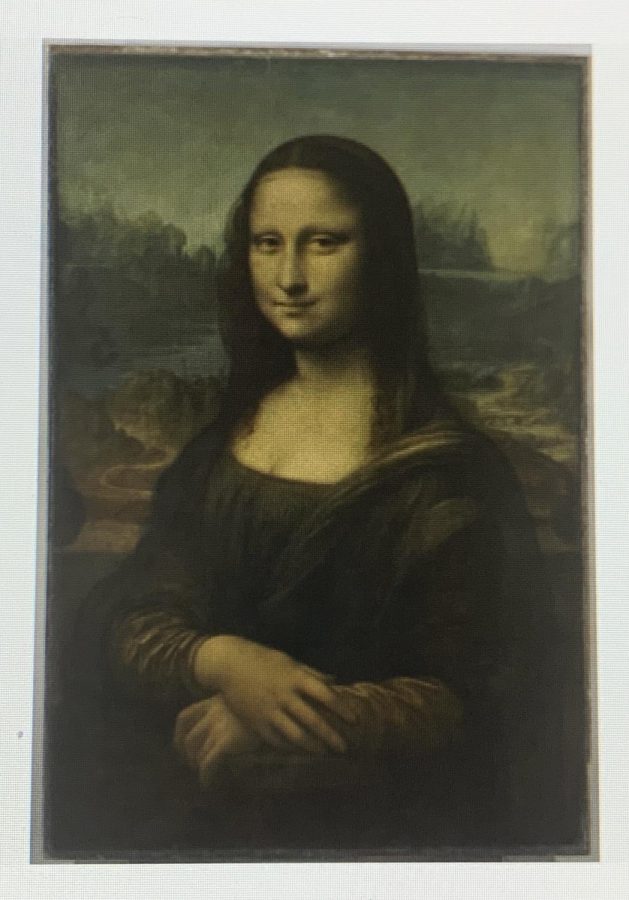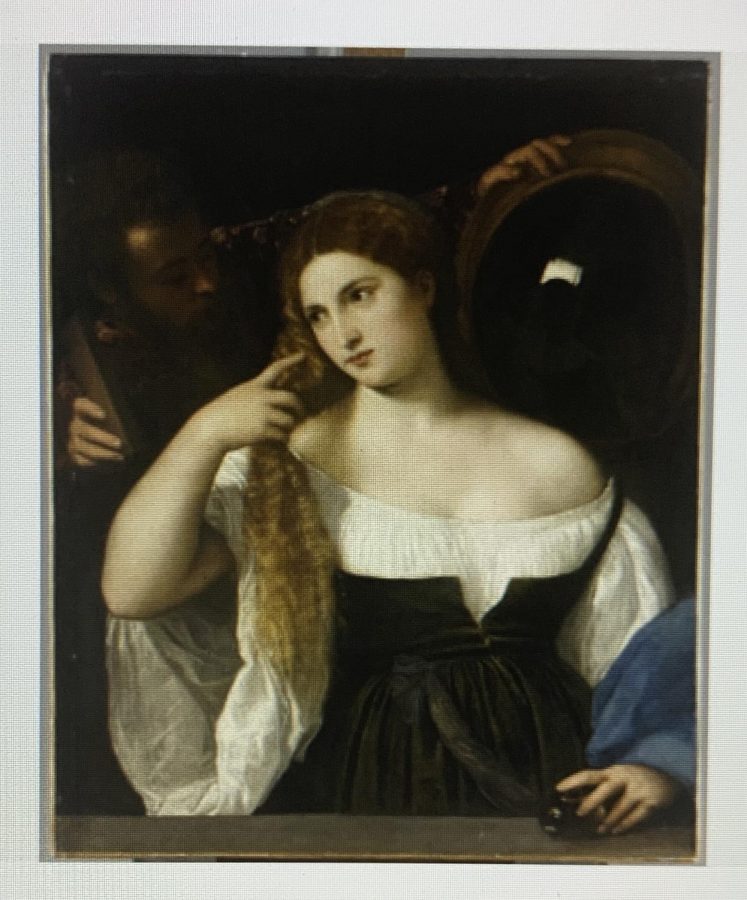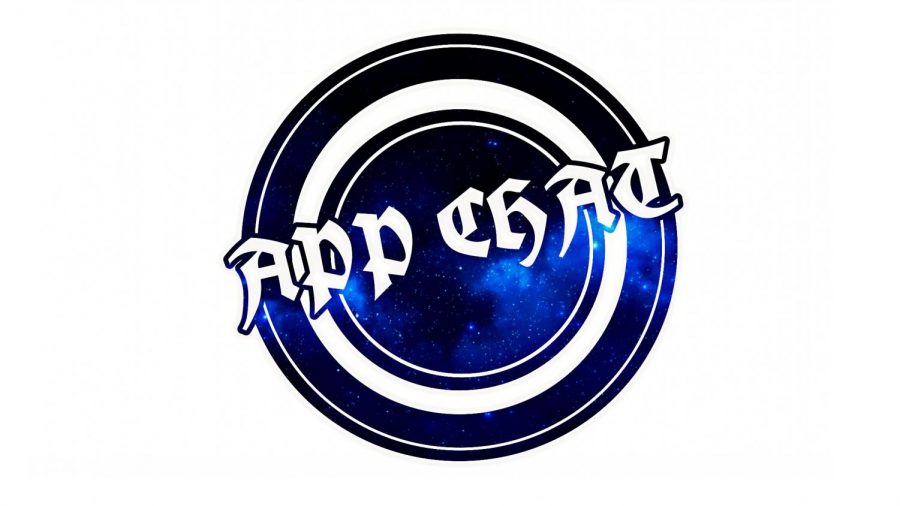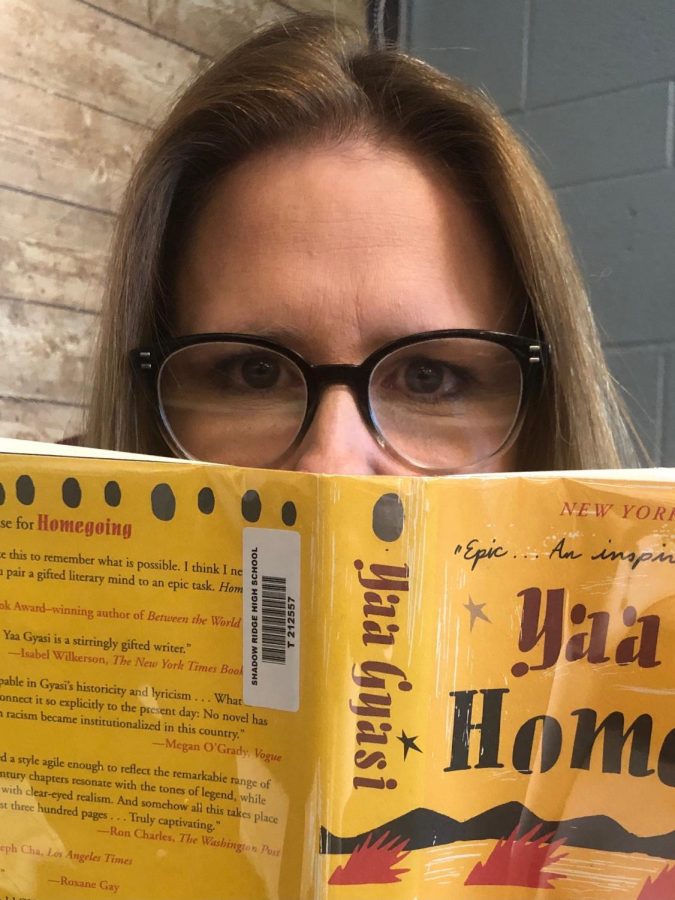The Louvre Put All of Its Art Online For Free
April 11, 2021
After almost a year of being shut down due to COVID, the Louvre has released all of its art to be displayed online. For the first time in history, everyone has access to the Louve’s treasures at absolutely no charge.
“Today, the Louvre is dusting off its treasures, even the least-known,” President-Director of the Musée du Louvre, Jean-Luc Martinez, said in a press release. “For the first time, anyone can access the entire collection of works from a computer or smartphone for free, whether they are on display in the museum, on loan, even long-term, or in storage. The Louvre’s stunning cultural heritage is all now just a click away!”
Over 482,000 artworks have been digitized, everything from the famous Mona Lisa and Venus de Milo to the most unknown and peculiar works that have been in storage for years.
The President-Director of the Louvre says that they believe those who experience the art online will be more motivated “to discover the works in their materiality.”
In terms of art history as a whole, what the Louvre is doing is unheard of. Throughout all of history, art has been something that only the rich could experience and understand because everyone else was too busy surviving. The gesture the Louvre is making is telling the elitist art community that art is for everyone, which is truly groundbreaking.
On top of the new works being available, the art is also being organized a different way that the Louvre has never tried before. Journalist Valentina Di Liscia explained the new system.
“Themed albums dedicated to the art of portraiture, historical events, and recent acquisitions, among other groupings, offer a more focused way for visitors to explore the trove,” she said.
“One such album, titled Musées Nationaux Récupération (National Museums Recovery), contains objects that may have been looted by Nazis or colonial forces. After World War II, tens of thousands of artworks were recovered in Germany, many stolen from Jewish families, and brought to France,” she explained. “A total of 2,143 works were entrusted to the Louvre and other French national museums for safekeeping until they can be returned to their legitimate owners, an ongoing process, according to the museum’s website.”
Anyone can look through the Louvre’s collections for free at Louvre site des collections.









